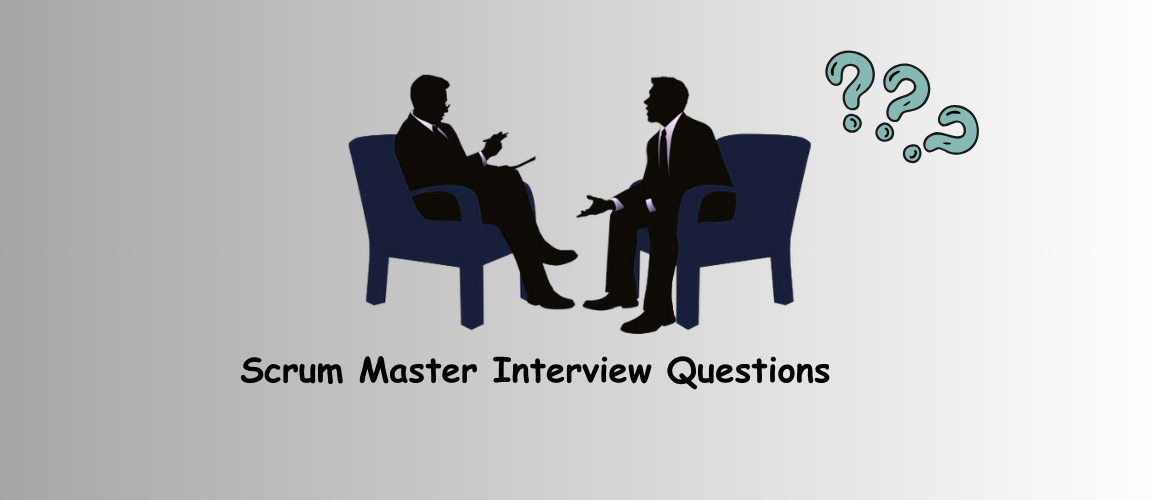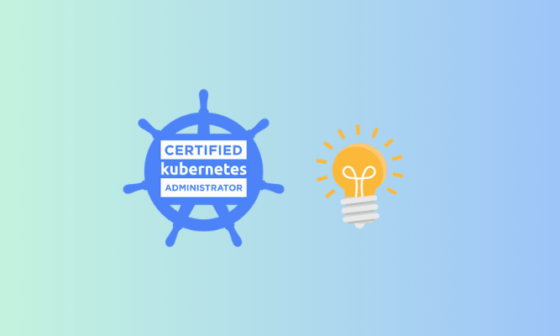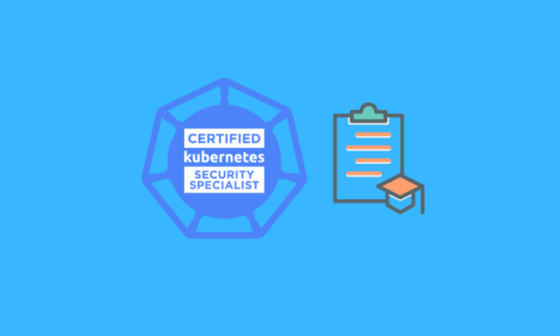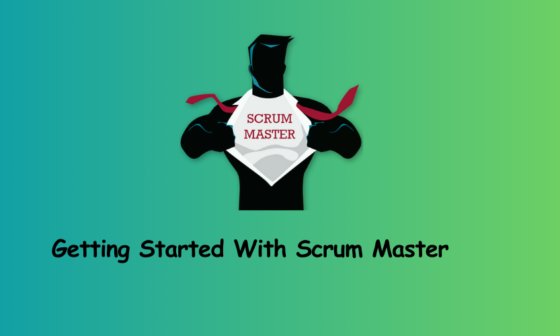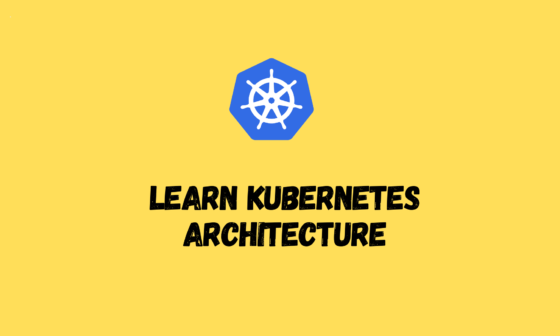The following questions essentially encompass the content pertinent to Scrum. Successfully answering these questions indicates possessing the fundamental qualities of a Scrum Master. However, it’s crucial to note that being a proficient Scrum Master entails more than just answering these questions accurately. Experience holds paramount importance, as a Scrum Master often navigates through diverse interpersonal dynamics and addresses nuanced practical challenges, which can only be grasped through hands-on experience.
You might provide different answers to these questions, and that’s perfectly acceptable. My responses are drawn from my personal experience. Your methods and interpretations may differ, which is a hallmark of Scrum. It facilitates discovering the approach that best suits you. Scrum isn’t a rigid process to be strictly adhered to; rather, it’s a framework that aids in finding a personalized process that aligns with your circumstances.
1. What are the benefits of implementing the Scrum model?
- Minimize risks stemming from system changes
- Enhance ROI (Return on Investment)
- Facilitate ongoing improvement
- Ensure continuous and swift delivery of functional software products
- Foster a shared understanding of tangible software products, enabling iterative refinement and continuous enhancement
2. What organizational structure does Scrum include?
The organizational structure of Scrum varies according to different projects. Generally speaking, it adopts an iteration cycle of 2-4 weeks and contains the following roles
- Scrum Master
- Product Owner
- Team
3. Please explain what user scenarios are in Scrum?
In Scrum, a user story is a short, usually one-sentence description of a feature or function.
4. What artifacts/tools are used in the Scrum process?
The tools used by Scrum are very simple, mainly including
- Sprint Backlog
- Product Backlog
- Team Velocity Chart
- Burn-down Chart
5. Please explain Scrum sprint
Scrum projects use “sprints” to complete development work one after another. A sprint is a repeatable, standardized unit of work cycle in which Scrum’s various methods are employed and ready for review and improvement.
6. What is the optimal sprint cycle, and how does this cycle affect the way you work?
Scrum uses a sprint cycle of 2-4 weeks. Generally speaking, most teams use a 2-week cycle, mainly because 2-week sprints make it easier and closer to reality for the team to plan and complete the work at hand. At the same time, the length of 2 weeks also gives the Product Owner enough time to adjust priorities, and provides enough buffer between the team and business requirements, so that they can focus on the development of existing requirements.
7. What is Product Backlog?
Before the team gets the sprint backlog available, the PO needs to use another list to manage new features, change requests, feature improvements, defects, etc., and prioritize them. This is the product backlog. . After being approved by the PO and the team, these contents will be delivered to the team for development and become the sprint backlog. This process may be complex (for example, it contains multiple levels of decomposition, involving multiple sub-products/components, and multiple team collaboration). It may also be very simple; the process of converting to sprint backlog generally also includes task decomposition and duration estimation.
8. What work generally needs to be done in the Scrum planning meeting?
In the Scrum planning meeting, the following work generally needs to be completed
The team analyzes the backlog work items that need to be completed in the current sprint and gives a time limit estimate
- Decomposes the product squeeze work into tasks
- If it is estimated, there is still work remaining in the sprint If the quantity is available, continue to take the requirements from the product backlog according to priority and put them into sprints
- communicate with the PO to clarify the unclear content in the requirements description.
9. What are the main responsibilities of a Scrum Master?
- Help the team remove all obstacles so that the team can successfully complete the sprint goal
- Help the team maximize productivity
- Use technical means to help the team become more efficient, such as introducing automated scripts, unit testing, continuous integration and other agile practices
- Assist the team and PO Better collaboration
- Ensuring the correct implementation of Scrum practices
10. What elements should a burndown chart include?
The burndown chart should include working days as the horizontal axis, workload as the vertical axis, optimal curve, and true work progress curve.
